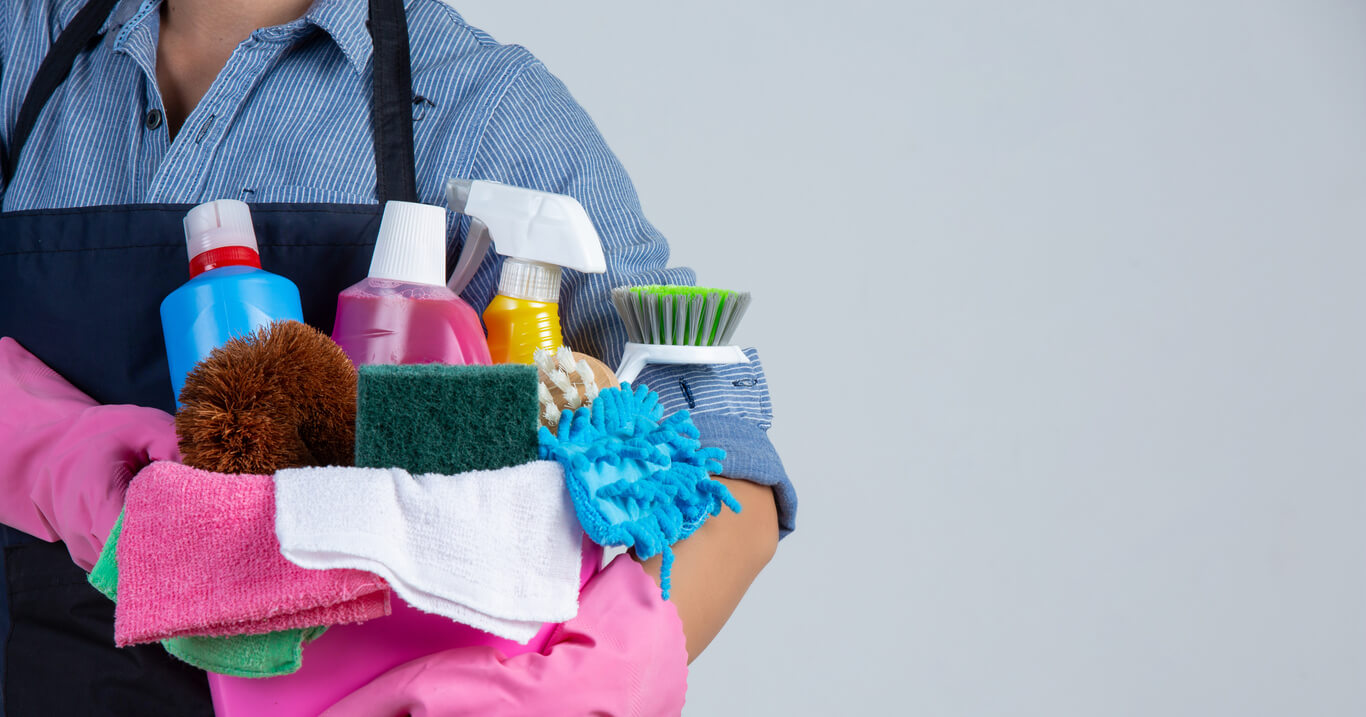
How to Safely Use Cleaning Chemical Products Around Children and Pets
As a parent or pet owner, using cleaning chemical products safely in your home is of utmost importance. We all want our homes to be clean but also safe for our precious family members – both the human and furry kind. Let’s walk through some essential insights and tips to help you keep your home clean while ensuring the safety of your children and pets.
Understanding Cleaning Chemical Products
When it comes to cleaning chemical products, knowledge is key. Knowing what these products contain and how to use them correctly is crucial for safe and effective cleaning.
Types of Cleaning Chemicals
Cleaning chemicals can be quite varied, broadly categorized by their pH levels and the types of grime they tackle. Understanding these types helps in choosing the right product for the job.
Alkaline Cleaners
Alkaline cleaners are your best bet for eliminating oily dirt, grease, and food spills. These cleaners are packed with alkali salts like sodium bicarbonate and sodium metasilicate, making them a versatile option for handling grime without requiring much elbow grease. Their water-softening properties come as a bonus.
Acidic Cleaners
If you’ve ever battled stubborn mineral deposits or soap scum, acidic cleaners are your go-to solution. With ingredients like oxalic and citric acid, they excel at removing those pesky spots, particularly in bathrooms. Just be mindful as they can damage delicate surfaces like stone.
Neutral Cleaners
Best described as the all-rounders of the cleaning world, neutral cleaners are effective on most hard surfaces without causing damage. Their mild nature makes them ideal for everyday cleaning tasks. However, always choose products free from abrasive agents to prevent scratches over time.
Components and Safety Precautions in Cleaning Chemicals
A deeper understanding of the components within these cleaning chemicals can contribute to safer usage, especially around kids and pets.
Common Additives and Their Roles
- Surfactants: These agents are adept at lowering water's surface tension, aiding in dirt encapsulation and removal.
- Sequestering Agents & Builders: Their role is pivotal in softening water and stabilizing pH, amplifying the efficiency of surfactants.
- Solvents: They play a crucial role in dissolving and removing stubborn soils.
- Preservatives, Fragrances, and Dyes: While preservatives inhibit microbial growth, fragrances and dyes cater to consumer preferences without affecting cleaning power.
Safety Precautions
Protecting yourself and your loved ones from potential risks associated with cleaning chemicals is paramount.
Personal Protective Equipment (PPE)
Gloves, masks, and eye protection aren’t just for show. Ensuring you have these on while using cleaning chemicals can protect you from harsh reactions, especially when dealing with more potent products.
Ventilation and Mixing Warnings
Proper ventilation is essential. Open a window or use a fan to dispel potentially harmful particles. And let’s not forget: avoid mixing different cleaning products. The combination can release dangerous fumes, which are a health hazard.
Storage, Disposal, and Hygiene
Always store cleaning products out of reach, away from inquisitive little hands and paws. Be diligent in checking for product recalls and ensure proper disposal as per manufacturer instructions. After cleaning, wash your hands thoroughly, even if you’ve worn gloves, to minimise chemical transfer to other surfaces.
Choosing and Using Cleaning Products Safely
The Right Product for the Right Job
Matching the product to the task is crucial. For instance, alkaline cleaners work wonders on grease, while acidic ones are effective against mineral stains. Always follow the manufacturer's guidelines for safe and effective results.
Label Reading and SDS Sheets
Labels aren’t mere decoration. They provide vital safety directions. If uncertain, Safety Data Sheets (SDS) offer detailed handling instructions and should be the first port of call whenever in doubt.
Pet-Safe and Non-Toxic Recommendations
Concerns for our non-human family members are well-founded. Many cleaning products are now designed with pet safety in mind.
- Natural Ingredients: Seek products that utilise plant-based ingredients or natural enzymes. These are often milder yet effective.
- Eliminate Fragrances and Dyes: Products without added fragrances or dyes are typically less irritating to pets and children.
- Certification: When possible, choose cleaning solutions certified by reputable organisations as pet-safe or non-toxic.
Conclusion: A Safe and Clean Home
In the end, keeping your home clean while ensuring the safety of children and pets is all about knowledge and precaution. Understanding the types of cleaning chemical products and their components, coupled with proper usage, can pave the way for a harmonious household environment. Always prioritise natural or certified safe alternatives when available, and you'll strike a fine balance between cleanliness and safety.
